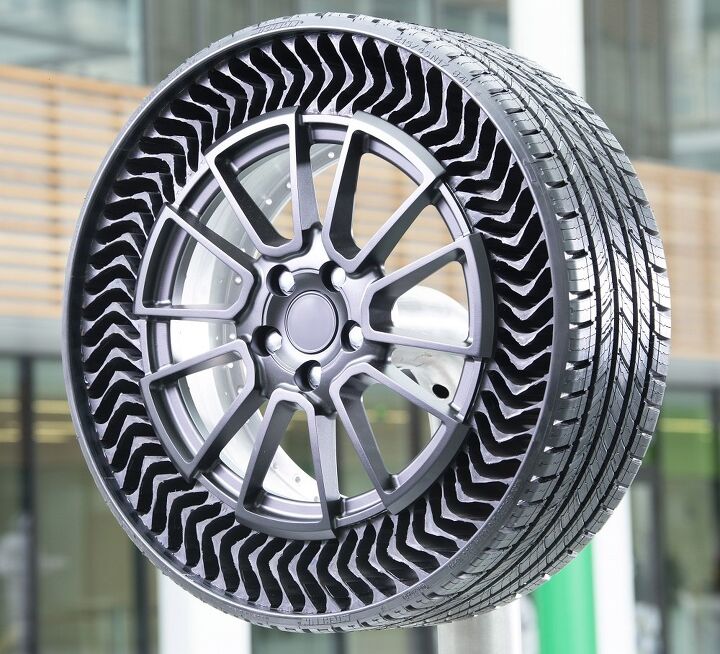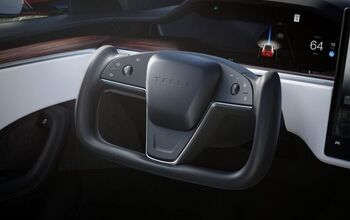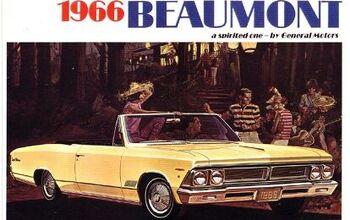Would You Drive With Airless Tires?
The automotive industry has witnessed a revolutionary development with the introduction of airless tire technology. This innovation eliminates the need for air in tires, offering a more stable and reliable driving experience. It effectively addresses the common issues of flat tires and rapid pressure loss, enhancing safety and comfort for drivers.
Michelin's Role in Airless Tire Innovation
Michelin is leading this technological advancement with its Unique Puncture-proof Tire System (UPTIS) prototype. Designed for passenger cars, UPTIS was first showcased at the Movin’On summit in 2019. This marks a crucial step towards making airless tire technology widely available.
The Composition and Advantages of UPTIS
UPTIS distinguishes itself with its composition, merging an aluminum wheel and a flexible load-bearing structure crafted from glass fiber reinforced plastic (GFRP). This structure preserves Michelin's known tire performance while being adaptable for high-speed use, a feature not seen in previous airless tire models.
Benefits Across the Board
UPTIS introduces several advantages:
- For Motorists: Eliminates concerns about tire damage from road conditions.
- For Fleet Owners: Boosts productivity by minimizing vehicle downtime and tire-related maintenance.
- Environmental Benefits: Significantly cuts down tire waste, reducing environmental waste and harm.
Tackling Tire Waste
Each year, a substantial portion of tires are discarded due to punctures, pressure loss, and uneven wear. UPTIS aims to lessen this waste, potentially saving around 200 million tires, equivalent to 2 million tonnes, from disposal.
UPTIS: Shaping the Future of Mobility
Beyond traditional vehicles, UPTIS is also tailored for emerging clean and autonomous mobility solutions. It's especially useful for shared mobility services, including autonomous shuttles and vehicle fleets.
Partnerships and Practical Applications
Michelin's dedication is further demonstrated through its collaboration with DHL, equipping delivery vehicles in Singapore with UPTIS. Real-world tests are underway in various locations like Las Vegas and Thailand, showcasing UPTIS’s durability and effectiveness.
This article was co-written using AI and was then heavily edited and optimized by our editorial team.
More by TTAC Staff
Latest Car Reviews
Read moreLatest Product Reviews
Read moreRecent Comments
- Redapple2 Do your drinking at home !
- Redapple2 Chicago used to a great town. Shame.
- Redapple2 Why are Tesla sales falling?
- Ras815 It's insane they would go through all of that added expense and time to ship to Italy and back, all for noticeably inferior workmanship on their flagship product. A harbinger of GM's increasingly questionable decision-making, perhaps?
- ChristianWimmer US-spec 380SLs were especially asthmatic thanks to the emissions regulations. In Europe these were considered quite “quick” and powerful. They are slow cars by todays standards but excellent cruisers so this 380SL is perfect for someone who just wants a solid, open-top cruiser and not a weekend drag racer.IIRC the 560SL had a torque advantage over the European 500SL, but the 500SL was ultimately the quicker car.I own an ‘89 500SL R129 and despite the 326-horsepower torquey V8, it’s 0-100 km/h “performance” is held back by the 4-speed automatic and 2-ton weight. Even in their day these cars were not intended for drag racing or 0-100 km/h bragging times. They are cruisers meant to be enjoyed in a responsible manner. Plus, driving faster than 120-130 km/h with the top down or the soft top closed results in high wind noises for the former and a loud fluttering cloth top for the latter. As a result I drive a maximum of 110 km/h on the Autobahn with the top down or 120-130 km/h with the top up.


































Comments
Join the conversation